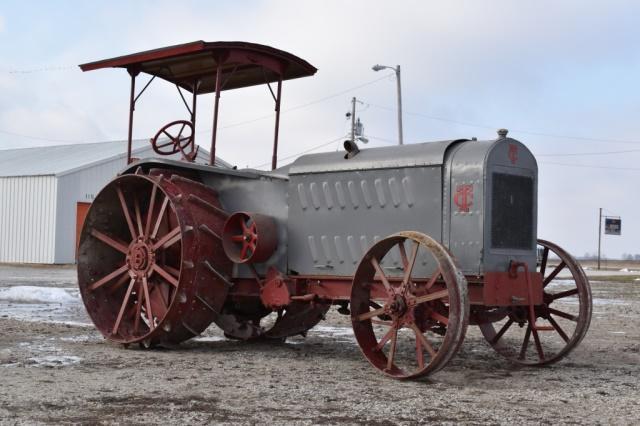Models
Model |
Configuration |
Years |
# Produced |
|---|---|---|---|
| Twin City 40 (40-65) | Standard-Tread |
1910-1924 |
825 |
| Twin City 15 (15-30) | 1913-1917 |
||
| Twin City 60 (60-95) | 1913-1920 |
||
| Twin City 25 (25-45) | 1913-1920 |
||
| Twin City 16 (16-30) | Standard-Tread |
1917-1920 |
702 |
| Twin City 12 (12-20) | Standard-Tread |
1919-1926 |
9019 |
| Twin City 20 (20-35) | 1920-1927 |
||
| Twin City 21 (21-32) | Standard-Tread |
1926-1929 |
7229 |
| 27-44 AT | Standard-Tread |
1926-1935 |
840 |
| Twin City 17 (17-28) | Standard-Tread |
1926-1935 |
1500 |
| KT Orchard | Standard-Tread |
1929-1934 |
|
| KT (11-20) | Standard-Tread |
1929-1934 |
|
| 21-32 FT | Standard-Tread |
1929-1934 |
|
| MT | Row-Crop |
1930-1934 |
420 |
| FT | 1932-1934 |
||
| JT Orchard | Orchard |
1934-1937 |
|
| JT | Standard-Tread |
1934-1937 |
|
| MTA | Row-Crop |
1934-1938 |
3225 |
| KTA | Standard-Tread |
1934-1938 |
4552 |
| FTA | Standard-Tread |
1935-1937 |
2930 |






